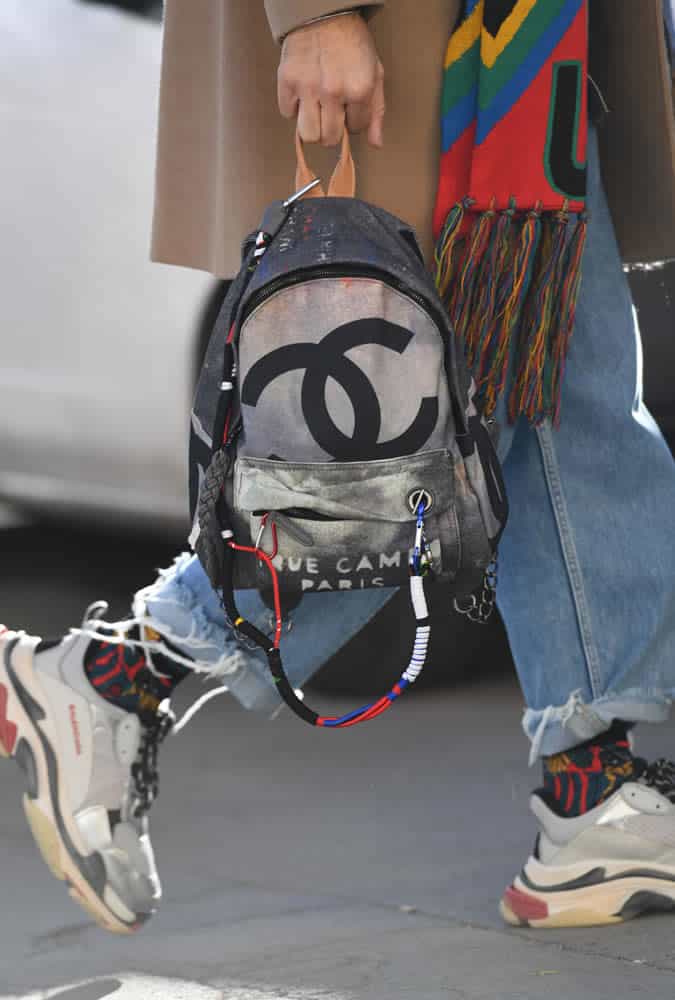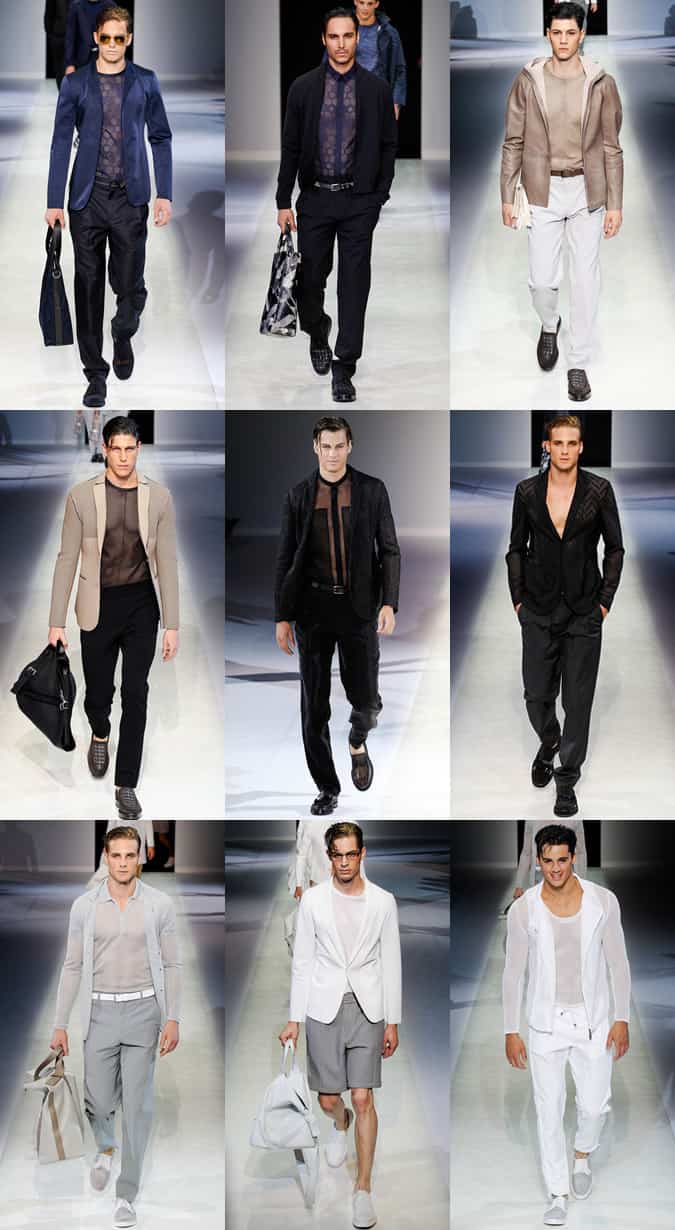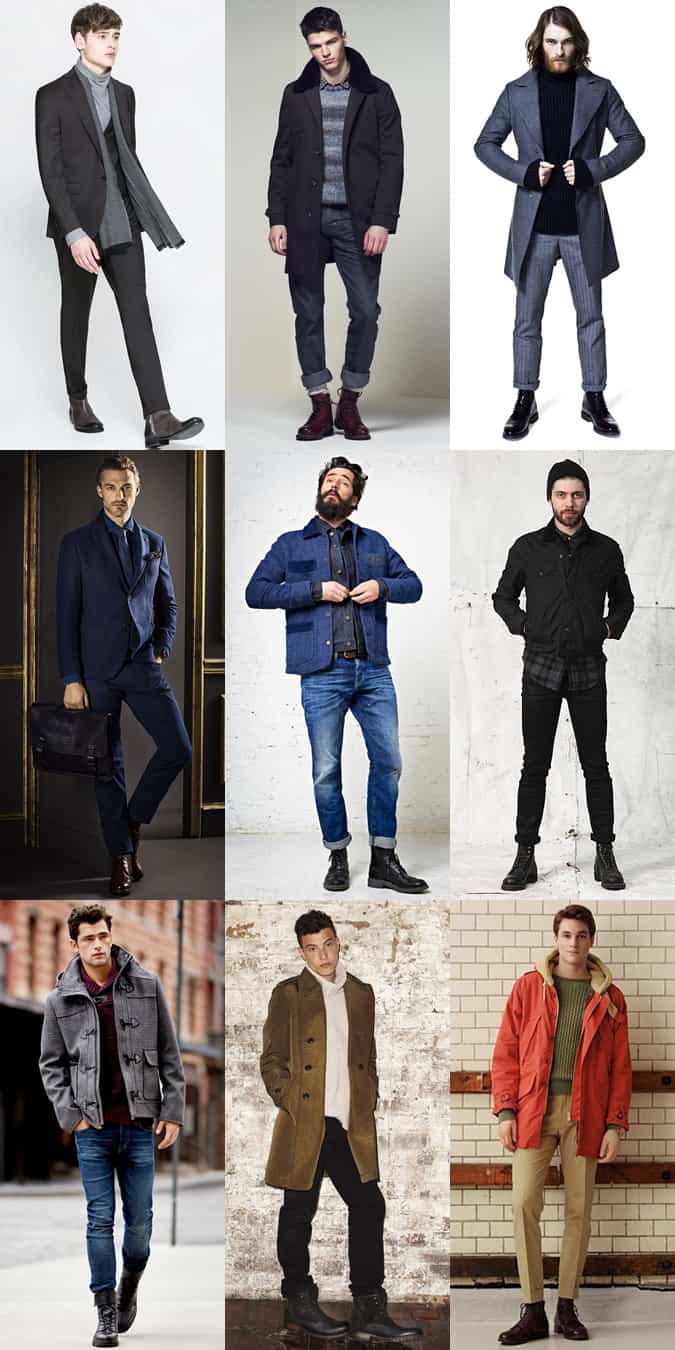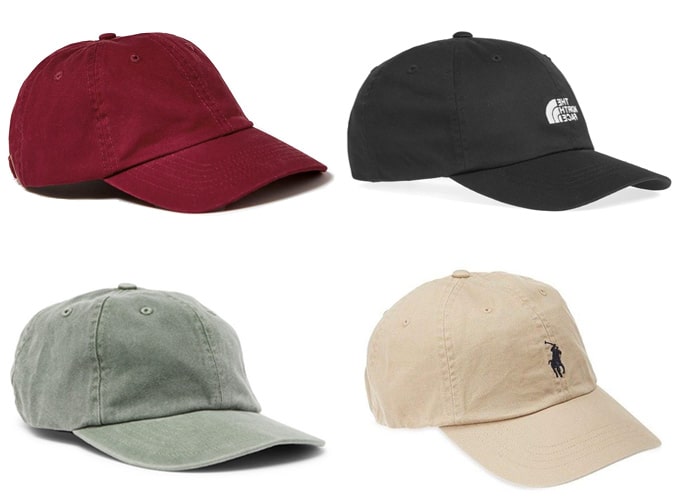Does The World Really Need Unisex Fashion?
Not every fashion trend is worth paying attention to. Indeed, most are fleeting moments that generate little momentum before fizzling out, making room for the next batch. Some, however, are genuinely interesting, and have the potential to change the way we dress forever.
Take Marlon Brando, who, throughout the 1950s, defied the suit generation and popularised the T-shirt and jeans look, which continues to dominate wardrobes today. Then there was Mary Quant and the miniskirt in the ‘60s, helping to liberate many women from the confines of hemlines.
But, these may pale in comparison to a current movement in fashion: the decision by some brands to reduce dedicated ‘male’ and ‘female’ collections, and make unisex clothing. Clothes that aren’t defined by gender; clothes that don’t chase a predetermined demographic, but rather aim to be worn by just people. Inclusive clothing for a divided world, then? Or just another marketing fad conceived to sell more units?
What Is Unisex Fashion?
Quite simply, unisex clothes are garments that are designed without a specific gender in mind. Throughout time, society has dictated that men should dress in one way and women in another – it often starts in school, trousers and blue are for boys, skirts and pink for girls – but unisex fashion does away with all this.
For some, it represents more than just clothing. Tanmay Saxena, founder of London-based unisex label LaneFortyfive believes “it’s already very hard to break the metaphorical walls and create equality in the times we live in. I feel unisex clothing is a small but effective way to roll out a line of conversation towards a broader dialogue about equality”.
Stephen Doig, men’s style editor at The Telegraph agrees: “It’s a natural progression in a world where, thankfully, there’s more acceptance of gender fluidity”.





















